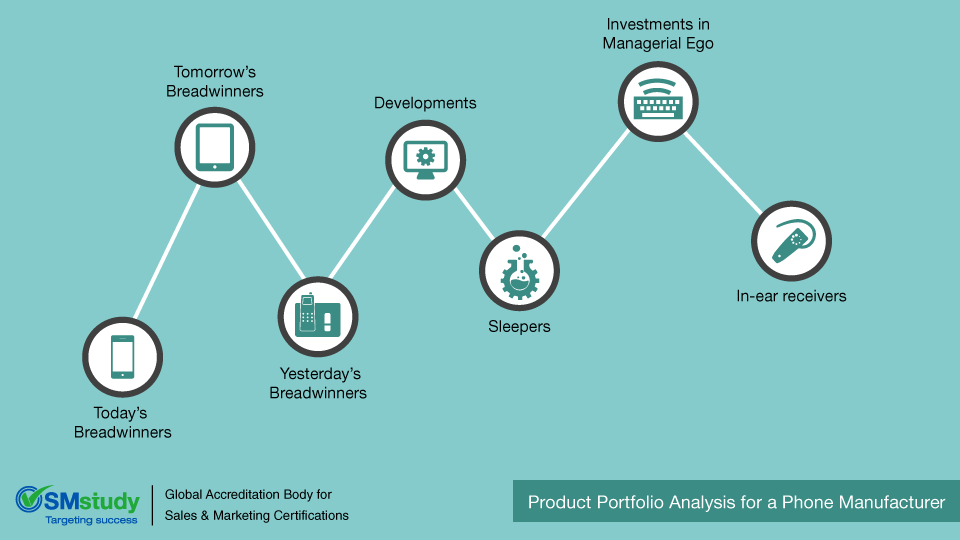On Twitter, ‘followers’ are one of the most important
parameters to judge anyone or any existing brand. An account with a good number
of followers gives the instant impression of being known widely.
Basically there are two primary ways to have more followers—Paid
and Free! Now most of the readers would surely opt for free ways to gain more
followers for Twitter, but let’s first discuss how the paid method works.
Twitter itself provides you the option to gain more
followers by signing in for Twitter ads at ads.twitter.com
One has to sign up or sign in here and get started which
then leads to the following page and from here you can choose the options and
create a campaign that will run on twitter.
These ads being shown on Twitter are based on preferences of
the user. Also the users that have similar specifics that of your ad specifications
get to see your ad. This will initiate an immediate follow option for them and
they also might end up following your handle if they find it interesting enough.
Basically these ads work in a way to give you a wider platform and hit the user’s
timeline directly for them to take a ‘follow’ action.
Apart from Twitter there are various other private companies
also involved in the business of getting more followers to a particular handle.
There are several such websites existing that help businesses looking to have a
good follower base for their twitter handles.
Now let’s discuss how you can gain more followers on Twitter
for free!
Filling up all the
required details in the Twitter profile – By filling up all the required
details in the profile section and keeping the profile updated can help your
profile be seen as a genuine one and can help you get more followers. In the
bio section if you mention all details clearly, there is a higher chance of
being shown on users’ search results, and you are more likely to get instant
followers.
Tweeting about recent
trends – Every hour the trends change on Twitter, and if you tweet anything
related to the trends, chances are high that your tweets will be seen by many,
and you can also get many followers from there. That works as a free promotion!
Tweeting about
anything which is enticing, informative or funny – On Twitter, content that
is really quirky, sarcastic, informative, creative, or attractive gets more
attention. Post something which you find really interesting and that can help
you get more followers.
Following others to
get a follow back – You must be getting suggestions on Twitter to follow a
few profiles that are based on the preferences of your handle, follow them and
chances are that you might also get a follow back. Also, do follow the people
who follow you to keep the trend intact.
Sync your twitter
with your contacts/Facebook/Google –Synchronizing your phone contacts,
Facebook and Google contacts with your Twitter profile helps your friends on Twitter
find you and they might follow you as well.
Twitter is a very informative and powerful tool for any
business if utilized resourcefully. Twitter helps any business generate revenue
and can help you target your audience directly and can build prospects as well.
Having a good number of followers on Twitter isn’t just about prestige but it
also holds real business value.









